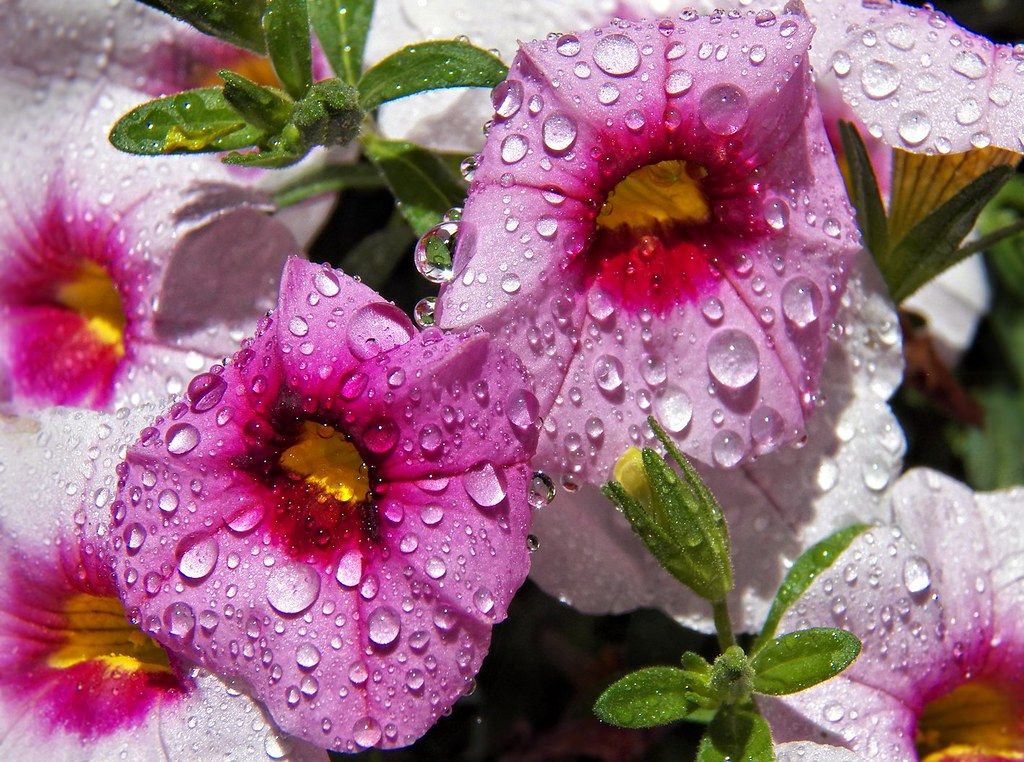Bell Drops, also known as Dr. Bell’s Veterinary Wonder Medicine, were once a popular though controversial treatment used by farmers, ranchers, and equestrians to treat livestock and horses. This remedy has a long history dating back to the late 1800s, though it is no longer widely available today. In this article, we’ll take a closer look at what exactly Bell Drops were, their questionable ingredients, rise in popularity, demise, and whether you can still purchase this vintage veterinary cure-all.
A “Miracle Cure” for Livestock and Horses
Bell Drops were first concocted in the late 19th century by a Canadian veterinarian named Dr. George W. Bell. Dr. Bell’s Veterinary Wonder Medicine claimed to be a “cure-all” for many common animal ailments, particularly colic, fever inflammation, coughs chills, and digestive issues.
This foul-tasting liquid medicine quickly gained a reputation among farmers, ranchers, and equestrians as something of a “miracle cure” that could rapidly revive sick livestock and horses, often snatching deathbound animals from the brink.
People who really believed in Bell Drops said that the medicine could “cure or kill” animals by stimulating their heart, nerves, and muscles very strongly. Many people thought the medicine was better than losing valuable horses or livestock, even though it was harsh. The product was especially well-liked for helping horses that were down and couldn’t stand up or who were sick with colic. It is said that a few drops on the tongue could help horses get up and running again.
Questionable and Dangerous Ingredients
Even though there were many reports of Bell Drops helping very sick animals get better, the medicine was not without controversy. Extracts of the poisonous plants belladonna nux vomica and aconite were found to be the main active ingredients.
The plant belladonna, which is also known as deadly nightshade, is very poisonous and contains tropane alkaloids such as atropine and scopolamine. When taken in large amounts, belladonna can make people and animals lose consciousness, have hallucinations, or even die.
Nux vomica comes from the seeds of the Strychnos nux-vomica tree native to India and contains strychnine, a deadly poison known for causing violent muscle spasms and convulsions at high doses.
Finally, aconite comes from the monkshood plant, which is also known as “wolf’s bane,” which sounds scary. “This is also a strong poison, especially for the heart It goes without saying that the ingredients in Bell Drops were very dangerous in large amounts!
Rise in Popularity and Distribution Issues
Despite the risky ingredients, Dr. Bell’s Wonder Medicine grew very popular with ranchers, farmers, and equestrians during the late 1800s and early 1900s. At one point, over 500,000 livestock owners in the U.S. and Canada were using Bell Drops and consuming around 2.5 million bottles per year!
To meet demand, Dr. Bell produced and distributed the medicine out of Kingston, Ontario to great success. After his death, his son took over the business which continued thriving under the name Dr. Bell’s Wonder Medicine Company.
Given the localized production in Canada, U.S. consumers sometimes smuggled Bell Drops over the border to avoid customs seizing or taxing the medicine. Distribution to the western U.S. also proved challenging, making Bell Drops prized and scarce in places like Texas, Wyoming, and Colorado that had high demand.
FDA Crackdown and Decline
In the 1930s, Bell Drops caught the attention of the newly formed FDA in the United States. The FDA accused the Dr. Bell’s company of mislabeling their medicine, as analysis showed the product contained 63-65% alcohol, significantly higher than the labeled 40%.
This led to legal trouble and seizures of Bell Drops by customs agents, negatively impacting availability in the U.S. At the same time, the company’s reputation suffered as regulators and medical professionals increasingly viewed their strong claims and potentially dangerous ingredients with skepticism.
By the 1950s, the once-popular Bell Drops had faded into obscurity, regarded as an ineffective and risky relic of the past. Stricter regulation of medications for livestock and horses helped facilitate the decline.
Can You Still Buy Bell Drops Today?
So can you still purchase the original Bell Drops / Dr. Bell’s Veterinary Wonder Medicine today? In short – no. The original product and Dr. Bell’s company are long gone. Production and sales ended decades ago.
However, some alternative products with similar ingredients are still sold under the Bell Drops name. These are intended for pet owners and equestrians, not large livestock. Most contain a mixture of the herbs belladonna, nux vomica, and aconite like the original.
For example, the company Washington Homeopathic Products offers Bell Drop pellets. But with the concerns over toxicity and lack of evidence for efficacy, these knock-offs are also controversial and most veterinary professionals do not recommend them.
Some people also try to make homemade Bell Drops, but this is inadvisable given the toxicity risks involved with using ingredients like belladonna.
While the original Bell Drops are no longer sold, some loyalists still have old bottles stashed away, clinging to the hope that just a few drops on the tongue can cure their sick horses and livestock. However, it is best to let this risky and unproven remedy fade into history rather than tempting fate with a few drops of Dr. Bell’s. Consult your vet instead for modern, safer treatment options.
The Takeaway
After falling out of favor with regulators and medical professionals, Bell Drops disappeared from the market by the 1950s. While some alternative Bell Drops products exist today, they are also controversial and not recommended by vets. So unfortunately, the original Dr. Bell’s Veterinary Wonder Medicine containing this risky formulation is no longer available for purchase.

TRE East Fare Zone
Houston St., between Wood St. & Young St. (400 S. Houston St., Dallas 75201)
DART Rail’s Red Line and Blue Lines run through downtown Dallas and stop at EBJ Union Station. The Trinity Railway Express and Amtrak also stop there.
Trinity Metro bus connections at Fort Worth Central Station

ALL Major CHANGES & Rewards in The NEW GTA Online UPDATE! Things You NEED to BUY! (New GTA5 Update)
FAQ
What was in Bell’s horse drops?
The ingredients were aconite, belladonna, digitalis and nux vomica (strychnine). He was principal (1895-1897) for the new Kingston Veterinary College at Queen’s University.
What are bell drops for humans used for?
Bell Ofc Eye Drop is a prescription medicine used to treat eye infections. It kills the bacteria and inhibits the spread of the bacteria.
What is Dr Bells for horses?
Bell’s Horse Drops found extensive use in managing a wide array of equine ailments, including: Colic Relief: Many horsemen, including my grandfather, relied on Dr. Bell’s Horse Drops to ease the discomfort associated with mild colic. The soothing botanicals helped to relax the gut and alleviate spasms.
What are the ingredients in bell drops?
Bell HYPOAllergenic Long Lasting Drop Make-Up Ingredients explainedAqua (Water) Also-called: Water | What-it-does: solvent. Cyclopentasiloxane. What-it-does: emollient, solvent. Cyclohexasiloxane. PEG-10 Dimethicone. Aluminum Starch Octenylsuccinate. Propylene Glycol. Maris Aqua (Sea Water) . Disteardimonium Hectorite.
